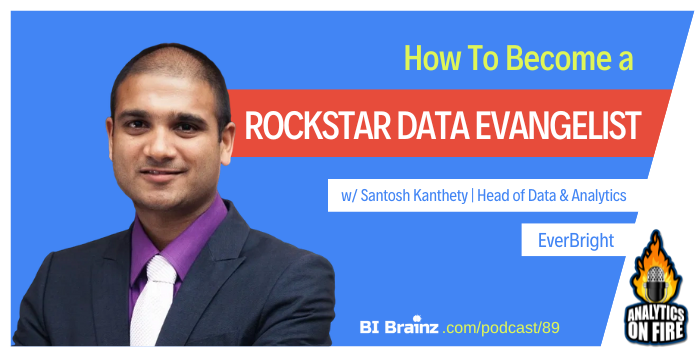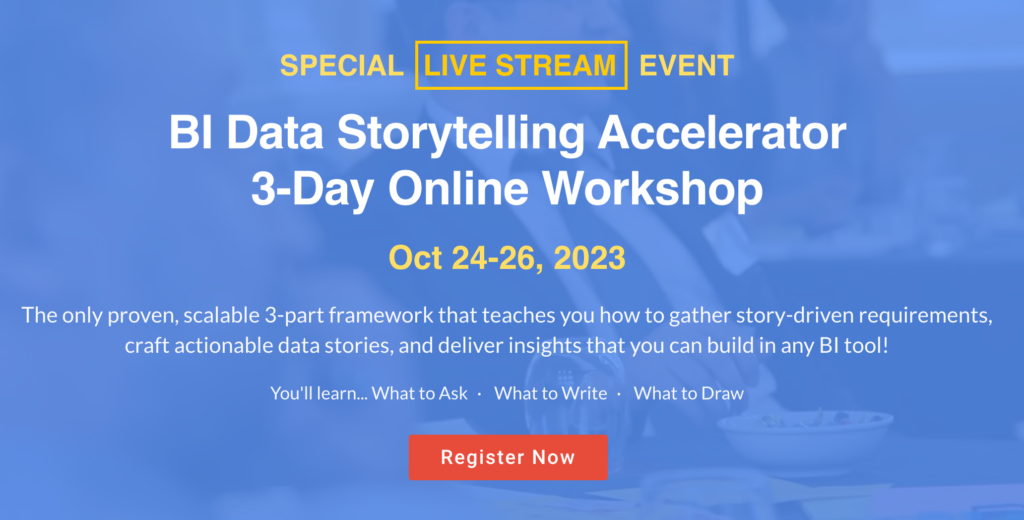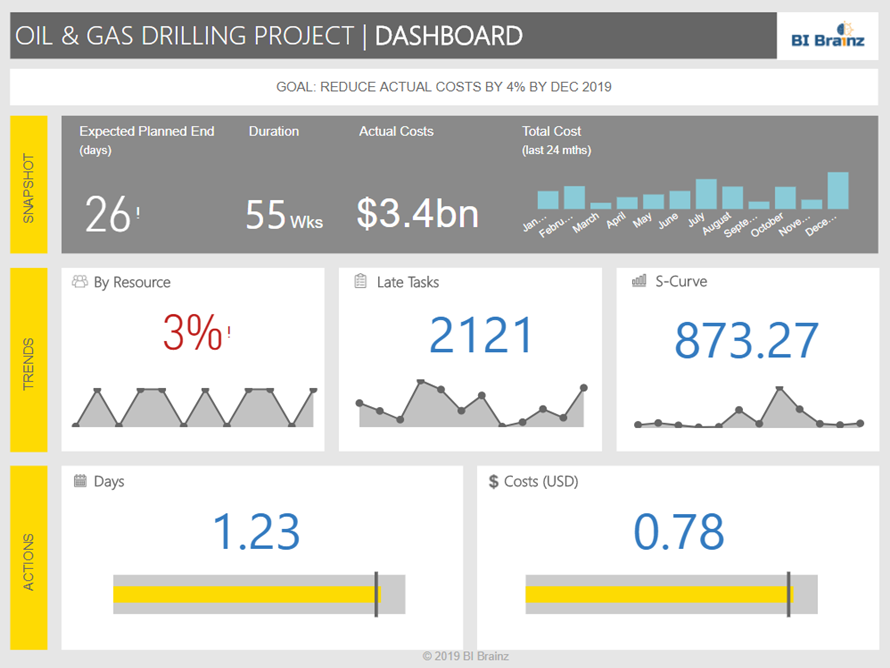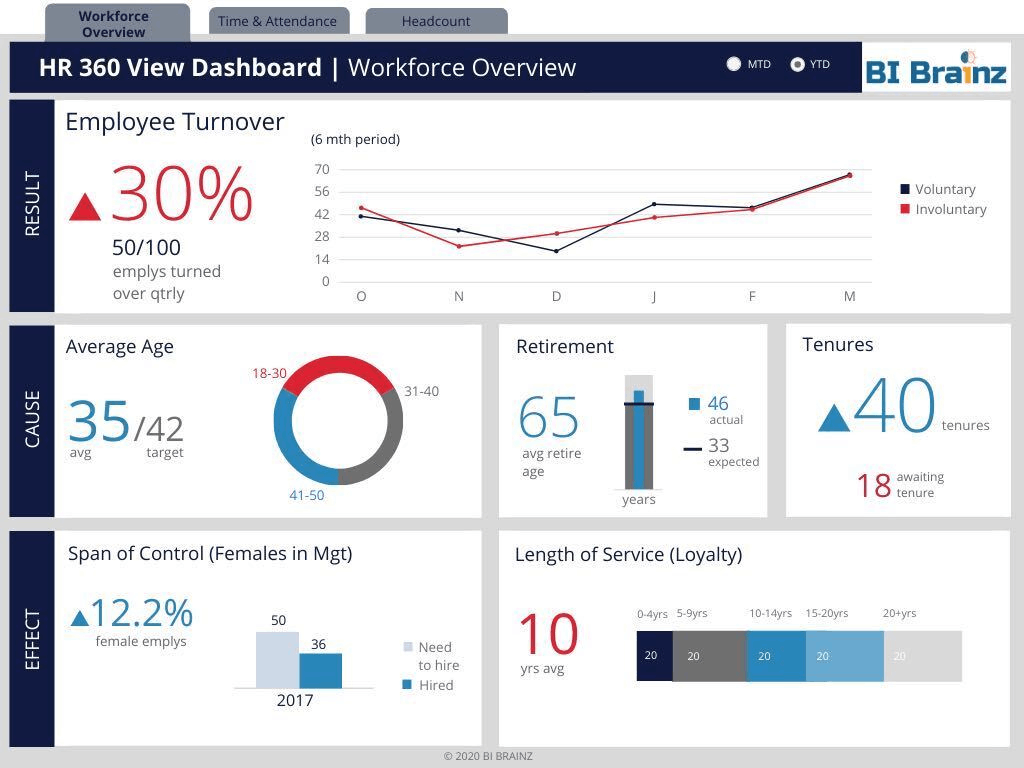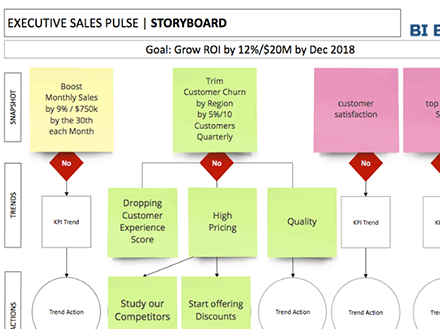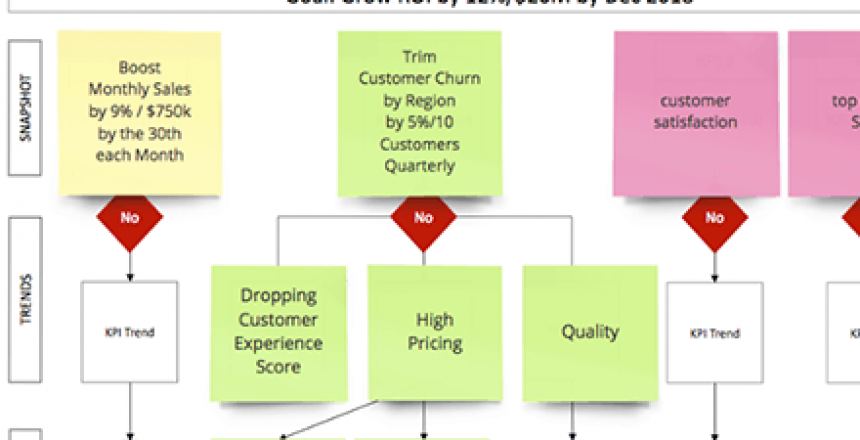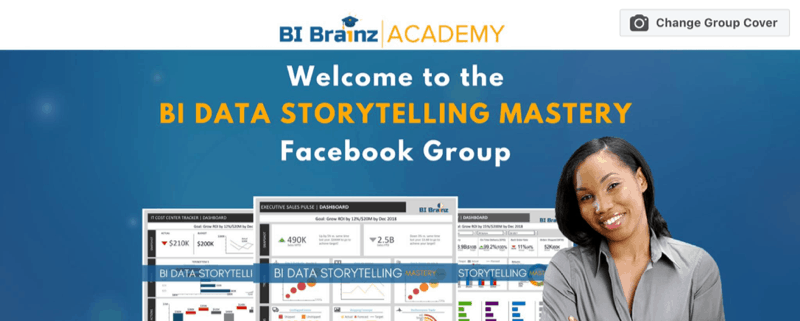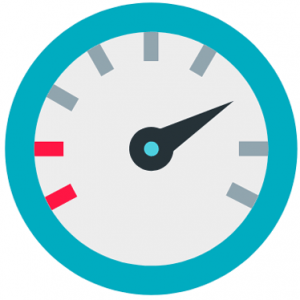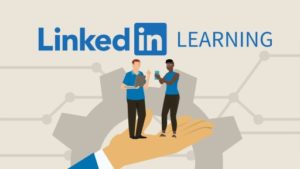Google Chief Economist Hal Varian predicted that data storytellers are the future over a decade ago. With data as the new oil, every company is seeking new ways to monetize their data. Data storytellers understand that data is an asset, but only when it is communicated correctly.
By itself, stats and figures do nothing to help the users understand what they represent. Below are three reasons why data storytellers will continue to be the #1 sought after skillset in the data world.
1. Data Storytellers Appeal to the Right Side of the Brain
Perception is the reality. What does that mean when it comes to data? Your data may be correct, but if it doesn’t tell the story, your users will get the wrong perception. All reports and dashboards tell a story, just not always the right one. Data storytellers know that by telling the right story with their data, they can influence decisions and trigger actions. Creating data visualizations and reports that appeal to the right brain, gives storytellers the power to present the reality. Displaying lots of numbers and stats to your users appeals to their left brain, so it’s no wonder these old-fashioned ways of presenting data continue to fail. One study done a few years ago by neuroscientist Antonio Damasio, studied people with damage to their right brains, only to conclude that the one thing they seem incapable of doing was making decisions!
2. Data Storytellers Know Less is More When it Comes to Data
Google the words ‘big data’. You’ll find hyperbolic terms like petabyte, zettabyte, and yottabyte. These are all fancy ways to quantify the inconceivable amounts of data generated on a daily basis. The reality? Most organizations are data rich but information poor. Data storytellers know that the key to transforming data into information and knowledge is asking the right questions up front, to ensure that their reports and data visualizations tell the right story. Today, most reports and dashboards show lots of trends, causing the users to experience data overload, followed by a severe case of analysis paralysis. In her “Persuasion and the Power of Story” video, Stanford University Professor of Marketing Jennifer L. Aaker explains that stories are meaningful when they are memorable, impactful and personal. She concluded that when data and stories are used together, they resonate with audiences on both an intellectual and emotional level.
3. Data Storytellers Focus on Insight
What is insight? It’s definitely not a pretty dashboard. Insights put decision makers in the pilot seat of their organization. Instead of discussing what happened, decision-makers can use insights to focus on what will happen, and how to make sure those events are in their favor. Data storytellers know the true value of any good story is foresight. Hence, instead of flooding their users with hindsight, they make sure their stories tell the past, the present and most importantly, the future. Billions of dollars are spent creating useless dashboards and reports that focus on the past. Focus on insight. In her Forbes article, Cindy Little states that storytelling is the most important data-to-insights activator. She concludes that communication and “convincing” skills are as important in driving outcomes as the quality of your data and insights. Without storytelling, data only offers a rear-view mirror.
Food for Thought...
The next time you create a report showing everything you think your users ‘want to know’, try to think like a data storyteller and focus on what they ‘need to know’. The only way to do this is by understanding how to ask the right questions to derive a compelling story with your data.
Join our Facebook Group!
For this reason, I have now embarked on a new goal to create 1,000 Chief Data Storytellers in 365 days! My first initiative in pursuing this goal was to start my own facebook group, BI Data Storytelling Mastery.
Apply now to join a global tribe of like-minded data individuals who will likely be the next Chief Data Storytellers in their organizations.

